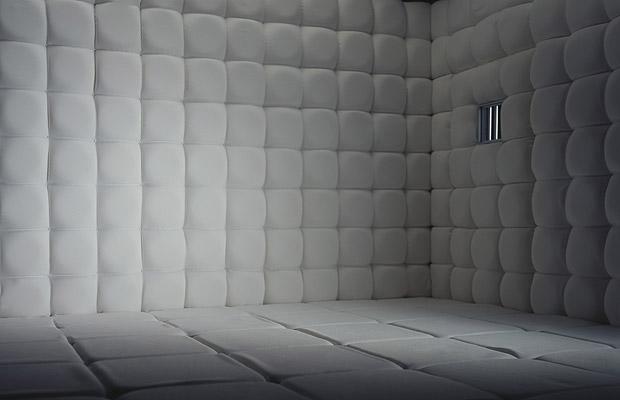Decoding Hospital Room Names: A Comprehensive Guide

Ever wondered what the different hospital rooms are called? Stepping into a hospital can be overwhelming, and navigating the terminology can add to the anxiety. Understanding the different types of patient accommodations available can help demystify the experience and empower patients to make informed decisions about their care.
From private rooms offering solitude and comfort to shared rooms prioritizing affordability and social interaction, hospital rooms cater to diverse patient needs. This article delves into the world of hospital room designations, exploring their functions, history, and significance in the healthcare landscape. We'll uncover the nuances of various room types, addressing common questions and offering practical insights into making the most of your hospital stay.
The nomenclature used for hospital rooms can vary depending on the specific institution and its organizational structure. However, some common terms prevail across the board. These include designations such as "private rooms," "semi-private rooms," "wards," and "intensive care units (ICUs)." Each name reflects the level of care provided, the patient's condition, and the room's configuration.
Historically, hospital accommodations were primarily communal spaces, often referred to as wards. As medical advancements prioritized individualized care and infection control, the concept of private and semi-private rooms emerged. This shift mirrored a broader change in healthcare philosophy, focusing on patient privacy, comfort, and personalized treatment plans.
Understanding hospital room terminology is crucial for several reasons. It empowers patients to communicate effectively with medical staff, ensuring their preferences are considered. It also facilitates a clearer understanding of the level of care being provided and the resources available within each setting. For families and visitors, knowing the different room types helps them navigate the hospital environment and locate their loved ones with ease.
A "private room" typically provides a single patient with exclusive access to a room, bathroom, and amenities. "Semi-private rooms," on the other hand, are designed to accommodate two patients, often separated by a curtain or partition. "Wards" typically house multiple patients in a larger, open space. "Intensive Care Units" or "ICUs" cater to patients requiring critical care and constant monitoring.
Benefits of private rooms include enhanced privacy, reduced risk of infection, and a quieter environment conducive to rest and recovery. Semi-private rooms offer a balance between affordability and socialization, allowing patients to interact with others while still receiving individualized care.
When choosing a hospital room, consider factors such as your medical needs, budget, and personal preferences. Discuss your options with your healthcare provider to determine the most suitable accommodation for your situation.
Advantages and Disadvantages of Different Room Types
| Room Type | Advantages | Disadvantages |
|---|---|---|
| Private Room | Increased privacy, reduced infection risk, quieter environment | Higher cost |
| Semi-Private Room | More affordable, opportunity for social interaction | Less privacy, potential for noise disruptions |
Frequently Asked Questions:
1. What is the difference between a private and a semi-private room? (Answered above)
2. What is a ward? (Answered above)
3. How do I request a specific room type? Contact the hospital's admissions department.
4. Are private rooms more expensive? Typically, yes.
5. What amenities are included in a hospital room? Varies depending on the hospital and room type.
6. Can I have a family member stay overnight in my room? Policies vary by hospital.
7. What is a telemetry unit? A unit for patients requiring continuous cardiac monitoring.
8. What is a medical-surgical unit? A unit for patients recovering from surgery or receiving medical treatment.
In conclusion, understanding the various names and functions of hospital rooms is essential for navigating the healthcare system effectively. From private rooms offering seclusion to semi-private rooms fostering a sense of community, each type caters to specific needs and preferences. By familiarizing ourselves with the available options, we can advocate for our comfort and well-being during our hospital stay. This knowledge empowers us to make informed decisions, communicate effectively with medical professionals, and ultimately contribute to a more positive and personalized healthcare experience. Take the time to research and inquire about room options, ensuring your environment supports your healing and recovery journey. It can make all the difference in your overall hospital experience.
Unlocking the elegance of benjamin moore charcoal slate hc 178
Unlocking the power of emoticons the smiley face on your word keyboard
Navigating mental wellness in whatcom county








:quality(70)/cloudfront-eu-central-1.images.arcpublishing.com/irishtimes/I2GUR5XTB2YZZMZZ2QMCSXFV2A.jpg)




